The Rise and Stall of Roborace: How Autonomous Racing Hit a Roadblock
In the mid-2010s, the concept of driverless cars competing in high-speed races seemed like the next logical step in both motorsport and autonomous technology. Roborace, the brainchild of entrepreneur Denis Sverdlov, promised to revolutionize racing by pitting AI-driven electric cars against each other on iconic tracks. The vision was bold: no human drivers, just cutting-edge software and hardware battling for supremacy. Yet, nearly a decade later, the project has stalled, leaving many to wonder what went wrong.
At its peak, Roborace captured imaginations with sleek, futuristic designs and ambitious claims. The series aimed to serve as a testing ground for autonomous systems under extreme conditions, accelerating innovation that could eventually trickle down to consumer vehicles. Early demonstrations featured cars navigating circuits with eerie precision, their movements dictated by algorithms rather than instinct. For a brief moment, it felt like the future had arrived.
But behind the glossy presentations, cracks began to show. The technology, while impressive, struggled with the unpredictability of real-world racing. Unlike controlled environments, circuits presented variables like weather, debris, and mechanical failures—challenges that even the most advanced AI found difficult to handle at competitive speeds. Without human intuition to adapt on the fly, the cars often defaulted to cautious, unspectacular driving, undermining the "race" aspect of Roborace.
Funding and focus issues further complicated matters. While initial investments poured in, sustaining financial support proved difficult as the project missed key milestones. The shift from prototype showcases to a full-fledged racing series never materialized, and partners began to drift away. Meanwhile, the broader autonomous vehicle industry faced its own setbacks, with public and regulatory enthusiasm waning after high-profile accidents involving self-driving cars.
Roborace also grappled with an identity crisis. Was it a spectator sport, a tech showcase, or a research initiative? Without human drivers, the emotional connection that fuels traditional motorsports was absent. Fans struggled to engage with faceless algorithms, and the lack of wheel-to-wheel racing—a hallmark of series like Formula 1—left audiences underwhelmed. Even the engineering community, initially intrigued, began to question whether the resources devoted to Roborace couldn’t be better spent elsewhere.
Today, Roborace exists in a state of limbo. Occasional updates hint at ongoing development, but the grand vision of a global championship seems increasingly distant. The project’s struggles highlight the broader challenges facing autonomous technology: pushing boundaries is one thing, but delivering a compelling, sustainable product is another. For now, the dream of AI-dominated racetracks remains just that—a dream deferred.
What Roborace’s stagnation teaches us
The story of Roborace is more than a cautionary tale about overpromising in tech. It reflects the inherent tension between innovation and practicality. Autonomous systems excel in structured environments, but racing—like life—is messy. The same hurdles that stalled Roborace’s progress continue to challenge the wider self-driving industry: scalability, reliability, and, crucially, the ability to handle the unknown.
Perhaps the most enduring lesson is that technology alone isn’t enough. Racing thrives on drama, rivalry, and human stories. Roborace’s engineers may have built machines capable of incredible feats, but without the heartbeat of competition, the spectacle fell flat. As the industry regroups, the next wave of autonomous racing may need to find a middle ground—where AI and human elements coexist, each playing to their strengths.
For now, Roborace serves as a fascinating footnote in the history of both motorsport and AI. Its ambitions were undeniably grand, and its failures instructive. The track to autonomy, it seems, has more twists and turns than anyone anticipated.
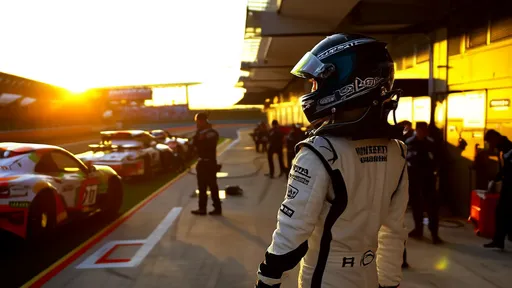
By /Jun 14, 2025
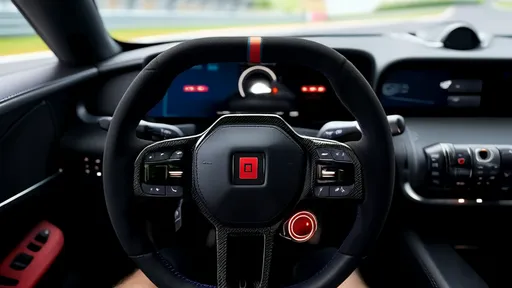
By /Jun 14, 2025
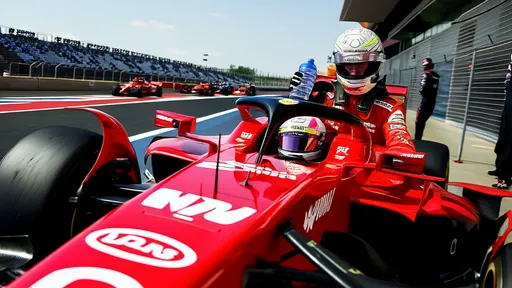
By /Jun 14, 2025
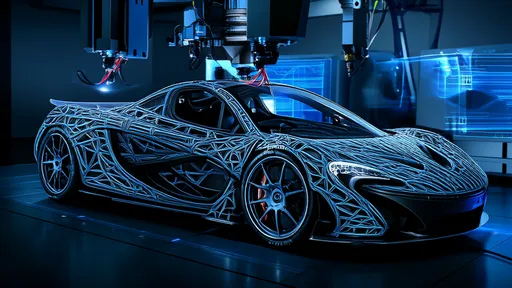
By /Jun 14, 2025
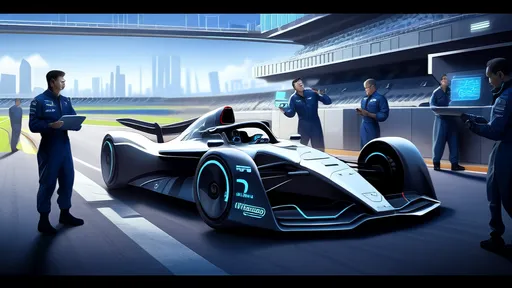
By /Jun 14, 2025
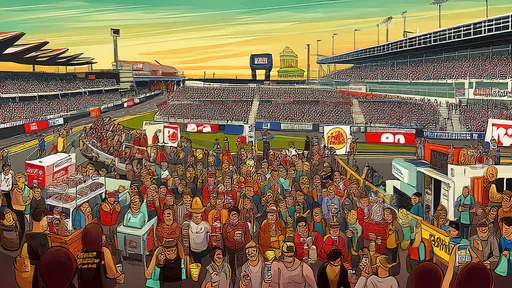
By /Jun 14, 2025
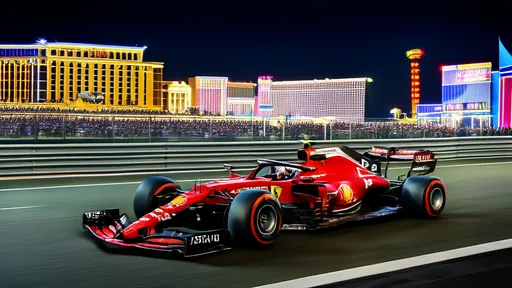
By /Jun 14, 2025

By /Jun 14, 2025

By /Jun 14, 2025
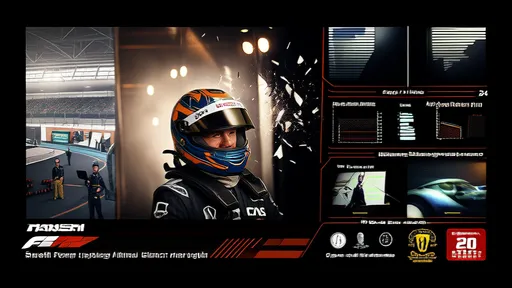
By /Jun 14, 2025
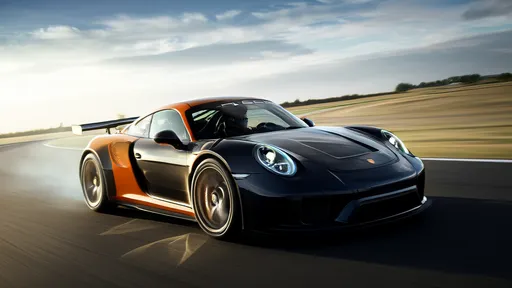
By /Jun 14, 2025
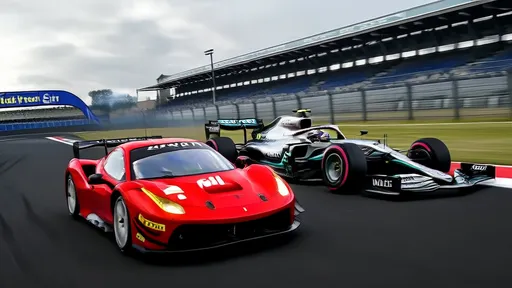
By /Jun 14, 2025
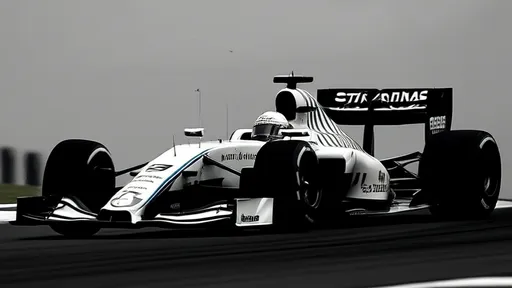
By /Jun 14, 2025
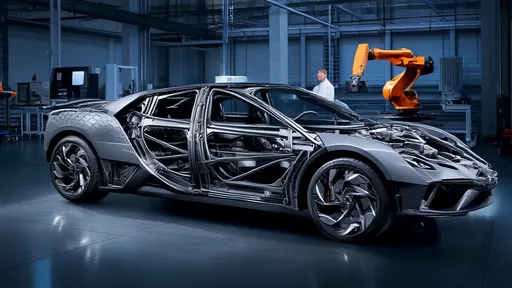
By /Jun 14, 2025

By /Jun 14, 2025
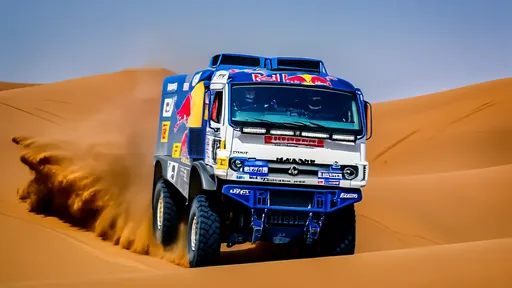
By /Jun 14, 2025
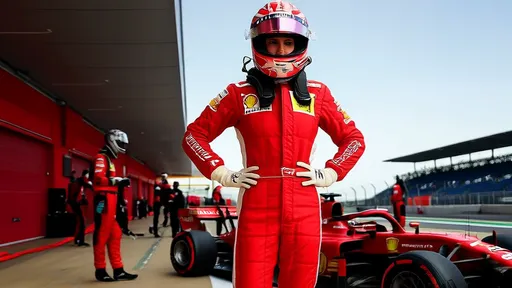
By /Jun 14, 2025